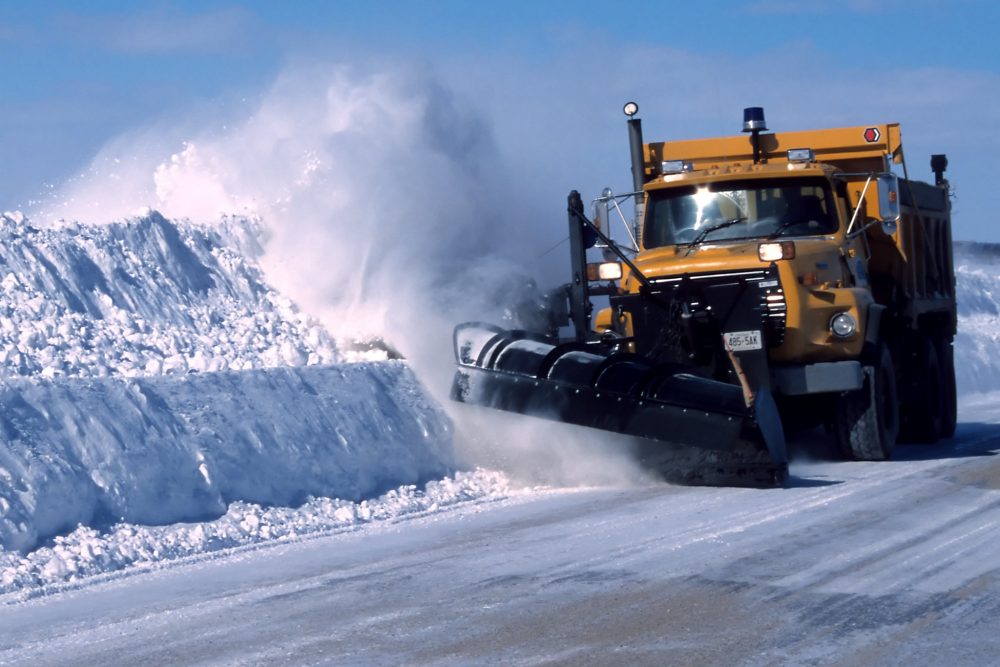
Whether you’re looking to make some extra income with your truck or you’re simply clearing your property of snow, it’s always important to prioritize safety. Here are some tips to keep you, your truck, and your fellow road users safe while you plow.
Before You Hit the Icy Roads: Make sure your car’s tires are aligned and balanced
Safety first
While you may not be traveling quickly while plowing snow, it’s still essential to wear a seatbelt. You could get jolted around while plowing, especially if you run into a parking block or other obstacle. Therefore, that seatbelt could save you from getting slammed into your steering wheel.
Transporting the plow
When transporting your plow, angle it toward the curb. This minimizes the chance that it’ll catch on a curb and send your vehicle careening out of control. Experts recommend never plowing on your way to or from a job site. Also, ensure that the plow won’t block your vision or your headlights when driving.
Monitor your truck’s temperature
Despite freezing temperatures, it’s easy for your truck to overheat while plowing snow. In addition to taxing your truck with hard labor, the snowplow blade itself blocks the grille and prevents proper airflow from reaching the radiator. As a result, it’s advisable to monitor your vehicle’s temperature and take brakes as needed.
Take it slow
When you’re traveling with a snowplow attached to your truck, avoid traveling over 40 mpg. As a result, it’s a good idea to plan your route and add extra travel time, if you’ve got somewhere to be. When you’re actively plowing snow, try to keep your speed under 14 mph.
Mark obstacles
When everything’s inundated with snow, it can be tough to spot obstacles like parking blocks, fire hydrants, stumps, speed bumps, pipes, drains, and fences. So when you’re anticipating a big snowfall, survey the area you’ll be plowing. Mark obstacles with sticks and flags so you can see them, even when they’re inundated with snow.
Be mindful of surfaces
Be aware of the surface you’re plowing. If it’s a loose material, like dirt or gravel, it’s a good idea to lower the plow shoes to raise the plow slightly so you don’t scrape away the road material, too. Harder surfaces, like concrete or asphalt, can withstand the blade. So if you’re plowing on pavement, remove or raise the plow shoes to allow the plow blade to get a closer scrape.
Stay tuned to The News Wheel for more winter weather safety tips.
Kimiko Kidd is a native Daytonian. She graduated from Wright State University with degrees in environmental science and sociology. She loves her trusty old Honda Civic, but dreams of owning a 1974 Ford Falcon XB with a custom paint job and a vintage Kawasaki Z1000. In her free time, Kimiko can be found watercolor-painting, baking muffins, collecting rocks, playing old-school Nintendo games, writing her novel, sewing stuffed animals, and cosplaying as her favorite Mad Max characters. See more articles by Kimiko.